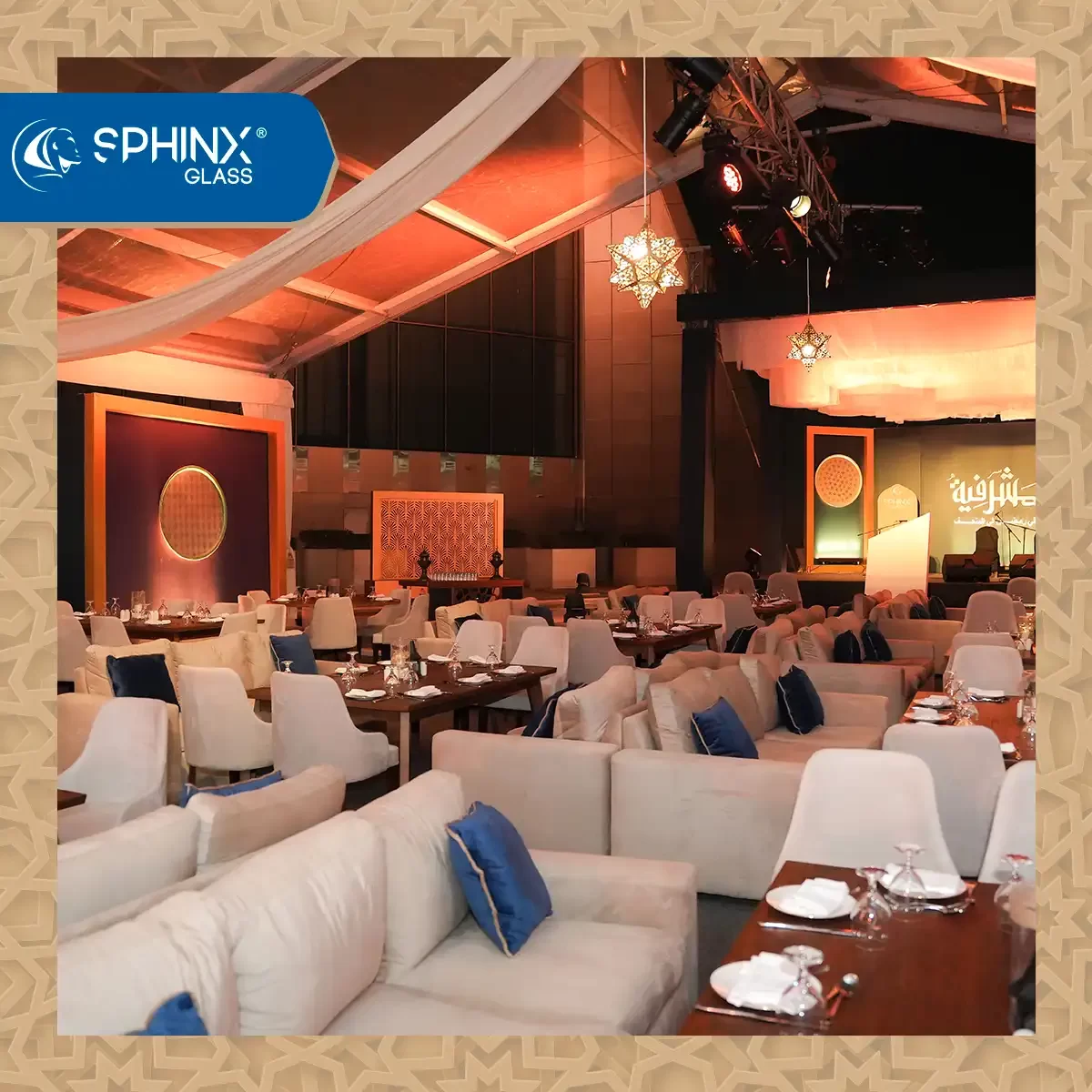Tempered or toughened glass is a type of safety glass processed through controlled thermal or chemical treatments to enhance its strength compared to regular glass. The tempering process induces compressive stresses on the outer surfaces and tensile stresses within the interior. This structural composition ensures that, when broken, tempered glass shatters into small granular chunks rather than large, jagged shards, significantly reducing the risk of injury. The increased strength and safety properties make tempered glass an ideal choice for a variety of applications, especially in environments where human safety is a priority.
Tempered glass is approximately four times stronger than annealed glass, which is regular glass that has been slowly cooled to relieve internal stresses. The more rapid cooling during the tempering process leads to compressive surface stresses, which contain any flaws and prevent crack propagation. This characteristic is particularly important in high-stress situations, such as vehicle windows, architectural elements, and safety installations.
History of Tempered Glass
The concept of tempering glass has been known for centuries, but the methodical development of tempered glass began in the 19th century. François Barthelemy Alfred Royer de la Bastie of Paris is credited with creating a method of tempering glass by quenching nearly molten glass in a heated bath of oil or grease in 1874. This process was patented in England and marked the beginning of practical applications of tempered glass.
In the late 19th and early 20th centuries, advancements continued with Friedrich Siemens developing a different tempering process involving compressed molds, and later, Rudolph A. Seiden patented a comprehensive process for manufacturing tempered glass. These innovations laid the groundwork for the widespread use and development of tempered glass technologies seen today.
Uses of Tempered Glass in Egypt
In Egypt, tempered glass is widely used across various industries due to its strength, durability, and safety features. Here are some common applications:
1. Architectural Applications
Tempered glass is extensively used in building constructions in Egypt. It is a preferred material for façade systems, balcony doors, windows, and skylights due to its ability to withstand thermal stress and provide safety in case of breakage. The use of tempered glass in modern architecture allows for innovative designs and large glass surfaces that provide aesthetic appeal and functional benefits.
2. Automotive Industry
In the automotive sector, tempered glass is used for side and rear windows of vehicles. Its safety properties ensure that, in the event of an accident, the glass breaks into small, less harmful pieces. This reduces the risk of injury to passengers and is a crucial feature in vehicle safety design.
3. Household Applications
Tempered glass is common in household items such as shower doors, glass tabletops, glass shelves, and kitchen appliances like microwave oven doors. Its thermal resistance and strength make it ideal for everyday use in home environments.
4. Commercial and Industrial Uses
In commercial settings, tempered glass is used in storefronts, office partitions, and display cases. Its ability to withstand impacts and provide clear, uninterrupted views makes it a favorite in retail and corporate environments. Industrial applications include the use of tempered glass in machinery, safety shields, and other equipment that requires robust and durable glass components.
5. Specialized Applications
Tempered glass is also used in specialized applications such as aquariums, bulletproof glass components, diving masks, and mobile phone screen protectors. Each of these applications benefits from the unique properties of tempered glass, including its strength, clarity, and safety features.
How Tempered Glass is Manufactured
The manufacturing process of tempered glass involves several critical steps to ensure the final product meets the required safety and strength standards:
1. Cutting and Inspection
The process begins with cutting the glass to the desired size. Any fabrication operations, such as cutting, grinding, or drilling, must be completed before the tempering process as any post-tempering modifications can lead to breakage. The glass is then inspected for imperfections that could cause failure during tempering.
2. Heating
The glass is heated in a tempering oven to temperatures above 600 degrees Celsius, typically around 620 degrees Celsius. This heating phase makes the glass soft enough to be shaped and tempered.
3. Quenching
After heating, the glass undergoes rapid cooling, or quenching, using high-pressure air blasts from strategically positioned nozzles. This rapid cooling process cools the outer surfaces much faster than the inner core, creating the necessary compressive and tensile stresses that give tempered glass its strength.
4. Chemical Tempering (Alternative Method)
An alternative to thermal tempering is chemical tempering, which involves immersing the glass in a bath of molten potassium nitrate. The potassium ions replace the sodium ions in the glass surface, creating compressive stresses. This method is more expensive but can be used on glass objects of complex shapes.
Sphinx Glass Standards for Tempered Glass processing
Sphinx Glass as a leading float glass manufacturer in Egypt and the MENA region, is renowned for producing high-quality float glass under international standard, trusted by tempering processors worldwide
– Clear Tempered Glass: Ideal for architectural and automotive applications, providing clarity and safety.
– Tinted Tempered Glass: Used in buildings and vehicles to reduce glare and improve energy efficiency.
– Reflective Tempered Glass: Combines the benefits of tempered glass with solar control properties, suitable for modern building designs and home appliances.









